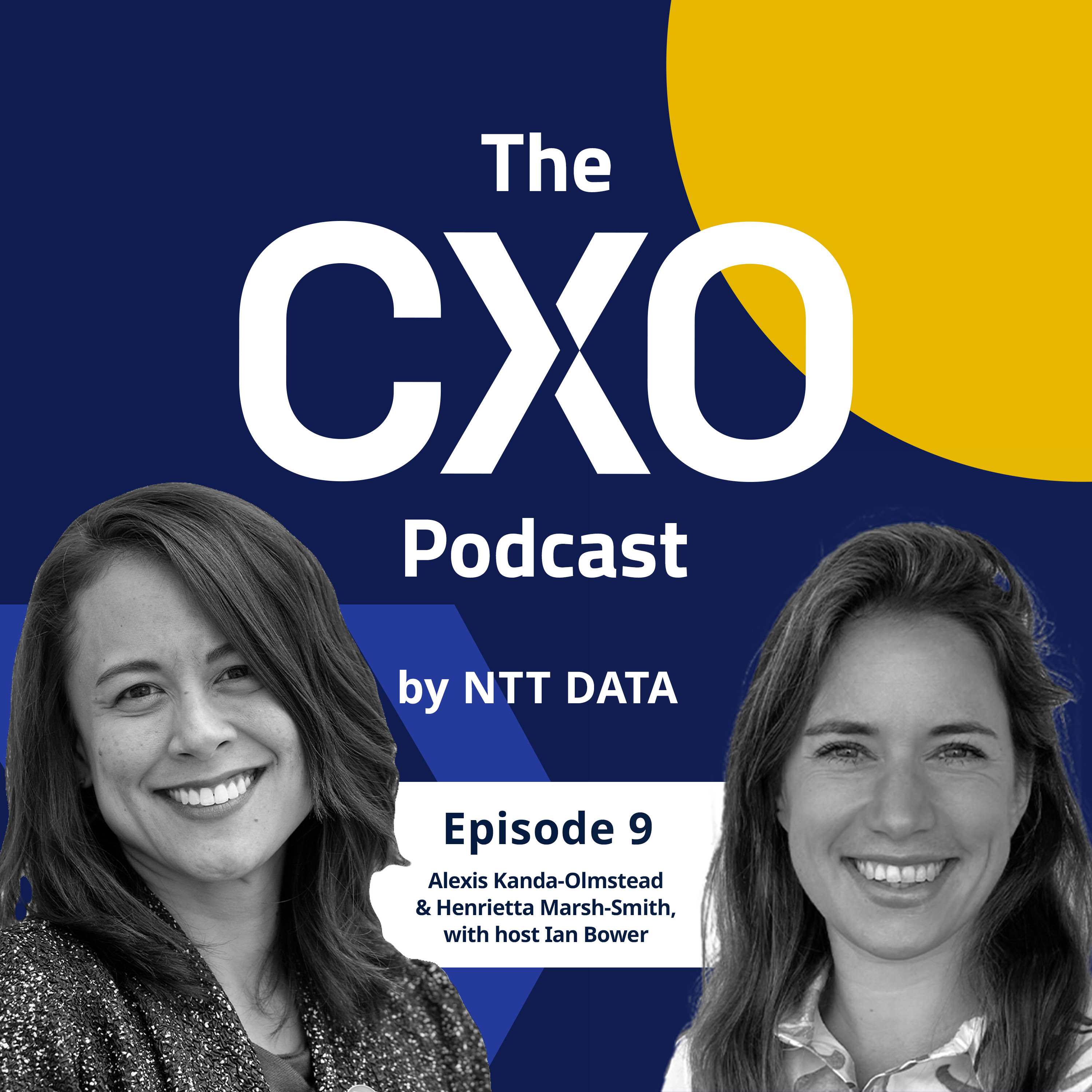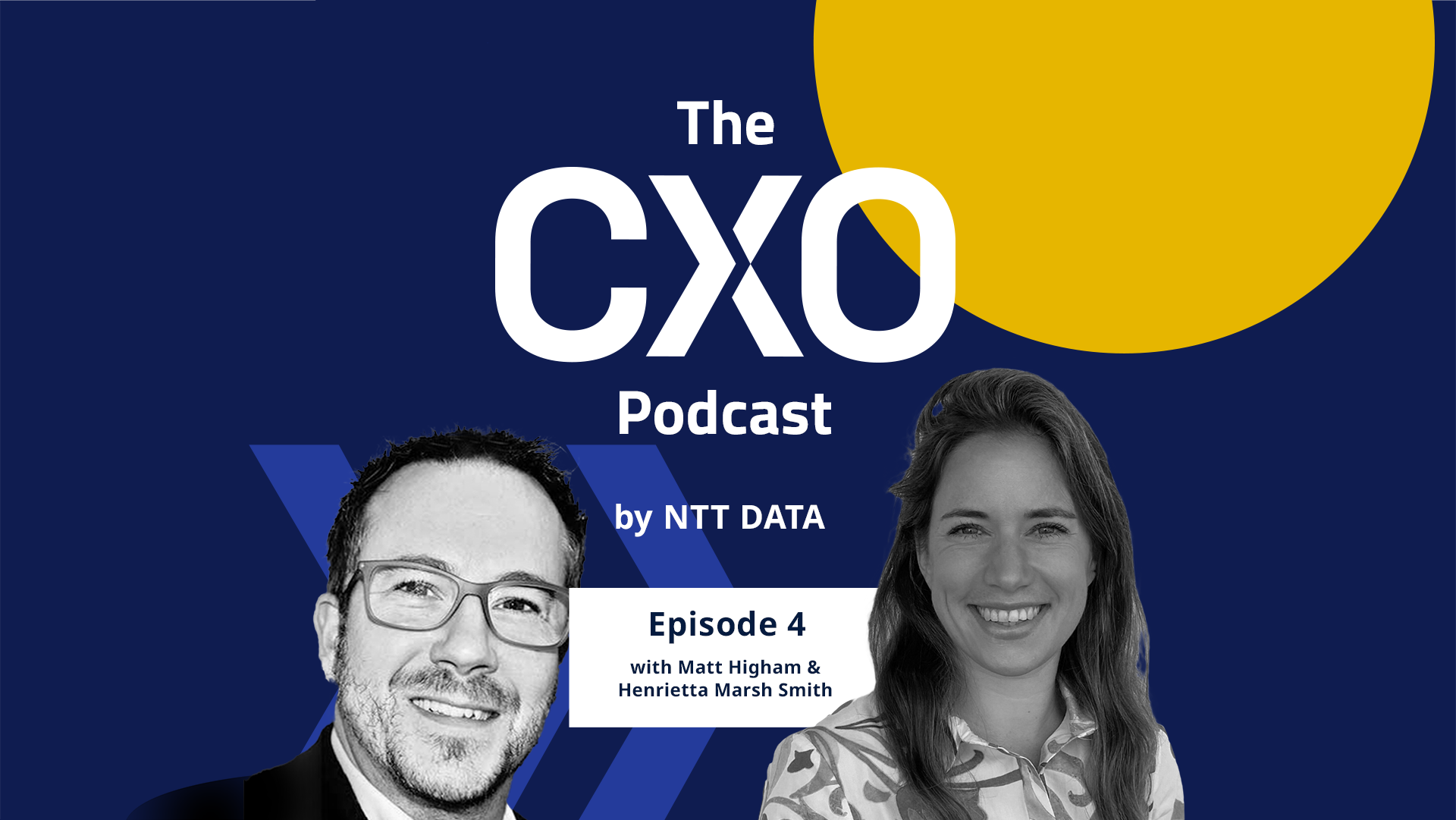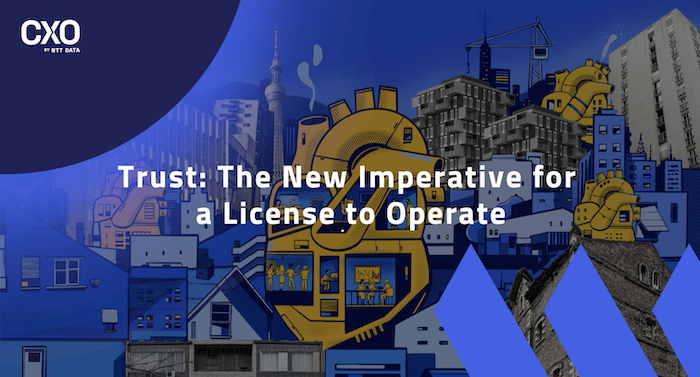
Photograph: Hivan Arvizu Soyhivan/Unsplash
The pandemic has subverted the old work paradigm. The sense of belonging to one’s company is weakened by the distance from the office and by the lack of physical interaction with colleagues. At worst, belonging has been stalled completely for those who joined the workforce during the pandemic period. The spread of collaborative methods has also imposed an always-on connection, leading to increased burnout.
Remote working, the new balance between private and professional life, travel restrictions and the ongoing fear of new variants of Covid-19 has produced a YOLO (you only live once) employment culture. Many workers have questioned their jobs and career paths, abandoning them altogether (as we saw with the ‘Great Resignation’) or clashing with employers over the return to the office.
On top of this, the recovery of the labour market, especially for junior players, is making it complicated and difficult to retain and attract talent. Furthermore, the generation coming out of university now is very demanding and selective: they want transparency, consistency and strong company values.
The importance of the employee experience
These trends have strengthened the importance and centrality of the employee experience (EX), from attraction to retirement, not only for the HR department but for the entire company.
Actively engaged workforces translate to big business benefits.
EX drives performance by enhancing psycho-physical wellbeing and involving the employee in co-creating value as one with the company. Actively engaged workforces translate to big business benefits, with recent research reporting 21% higher profitability for those organisations scoring in the top quartile on employee engagement, as well as higher sales, productivity and customer satisfaction.
Companies are investing in improving the experience for staff from the very beginning, starting with the candidate journey. For example:
With clear, compelling job requests;
Making chatbots available to answer any initial queries about the company;
Providing apps to monitor the progress of the application process;
Using gamification in interviews to understand if applicants gel with the values of the company.
Once employed, companies must continue and augment this support of the individual by:
Respecting their expectations, values and diversities;
Maintaining engagement and job satisfaction with effective support and training;
Identifying where complexity can be taken out of processes and interactions;
Recognising and acting early in burnout situations;
Continuously examining the manager-employee relationship, including communication styles, learning and development programmes, and performance evaluation.
This cannot be done without having a holistic view of each employee, defining their needs not by looking at ‘dull’ demographics (age, job role, etc.) but by the nuances – their generational preferences, their attitudes, their health, their home situation – and how these interrelate.
The HR revolution
It is evident that the role of HR must evolve and become increasingly strategic. It’s on the journey from humble payroll manager to Operational HR, onto innovator of attracting, acquiring and developing talent, and finally provider of 360° employee care.
For this reason, traditional, quantitative KPIs – personnel costs, turnover, training costs and so on – are no longer sufficient to support HR in understanding the workforce.
Every single touchpoint for every employee – all information must be collected and considered. In this way, the resulting insights are truly representative of the organisation’s EX.
Data is the key. Every single touchpoint for every employee – all information must be collected and considered. In this way, the whole experience, through all phases of the employee lifecycle, is captured, and the resulting insights are truly representative of the organisation’s EX.
Within the HR department, a dedicated team, with data analyst experts, should be created to become the data owner: able to collect, cleanse, organise, analyse and report all the data to fix those indicators that enable effective, accurate monitoring of employee feelings and behaviours.
From people analytics to analytics for people
People analytics – using data about the workforce to solve organisational problems – offer HR teams a vehicle through which to greatly improve employee satisfaction, and therefore, competitiveness. Below are a number of ways in which businesses can use this valuable resource to boost EX.
Map and collect
Map all sources of information and feedback from and about employees that already exist in the company, probing all the moments within the employee lifecycle. This may involve feedback on the individual’s experiences with:
Company reputation and presence on social media or specialised sites (such as Indeed or Glassdoor) or in offboarding emails (from candidates, the current workforce or former employees);
Onboarding provided during induction;
Performance evaluation management, with an indication of the growth paths given by the manager, coach or mentor;
Managers during the interviews (360° feedback);
Company learning and development services.
In addition, information can be gleaned from digital collaboration tools and methods, such as the planning of meetings and calendars or email volumes.
Carefully plan additional collection tools such as annual surveys and pulse surveys, choosing the frequency and the most suitable channel depending on the specific purpose and employee preferences.
Collect all data in one unique place, and perform a data cleanse to ensure quality.
Analyse and identify
As well as quantitative, analyse qualitative data using AI and NLP to systematically (and automatically) investigate any written information. This will create a mind map providing all the keywords and main concepts you aim to investigate, helping you to examine written texts to find moods and behaviours, identify the sentiment about a particular topic, benchmark against competitors, or just summarise the results and insights.
Through specific use cases, identify the most suitable indicators for evaluating employee experience, engagement and satisfaction, and for enabling data-driven decisions. This can be done using existing enterprise tools; for instance, from Microsoft’s 365 environment, organisations can analyse:
The distribution, by function and location, of meeting participants or email recipients – to highlight the teams who often collaborate with each other in order to define priority returns to office, schedule compatible calendars, set the capacity plan of your sites and choose which services to be reactivated;
The volume and duration of collaboration meetings (especially those exceeding the set time slot or with too many participants) – to improve work habits and find best practices or models, not only to allow for necessary periods of uninterrupted focus but to protect against burnout;
The nature and frequency of one-on-one meetings between employees and managers as well as team meetings – to avoid email overwhelm or ‘mail bombs’ from the management and ensure the manager-employee relationship is effective for both parties.
To monitor KPIs, create reports and dashboards that allow management to obtain insights into current and likely future situations, and intercept negative events.
Disseminate data, analyses and results through the company – and put these insights at the service of people.
Disseminate and launch
To turn these analytics into value for your employees, disseminate data, analyses and results through the company – and put these insights at the service of people.
This deep dive into the organisation’s EX creates the foundation and roadmap for improvement plans. Launch these plans effectively by clearly and enthusiastically explaining the drivers behind – and aims of – the improvement programme to the workforce. Carefully monitor progress, and as you continuously evaluate scenarios based on EX data, keep a watchful eye out for what could act as a lever to enhance your EX even further.

















































